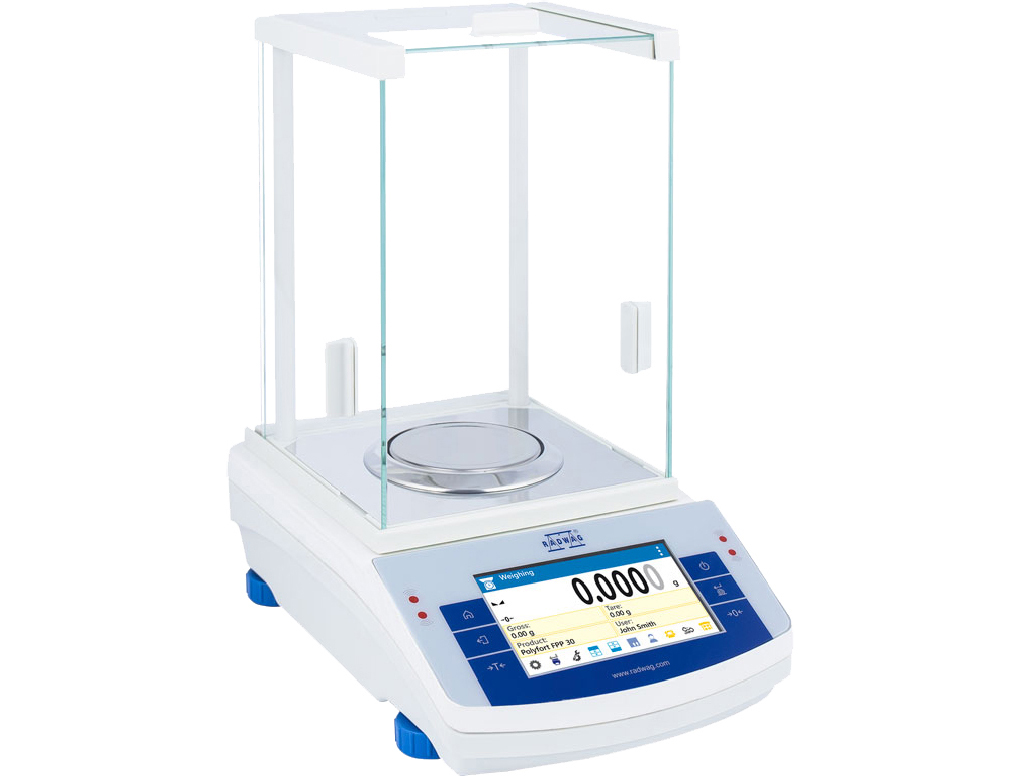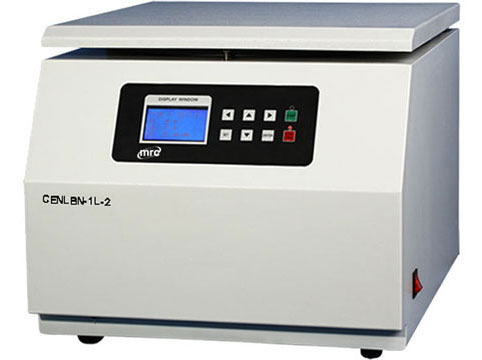Biological processes work in different ways. As a result, biological research and development laboratories conduct analyses, experiments, and studies to understand better how biological processes work.
In biological research and developments, scientists depend on an array of equipment to interpret a scientific finding and turn it into an intervention that leads to the improvement and well-being of humans.
When creating a wet lab focusing on biopharmaceutical or biotechnology research, you must have particular laboratory equipment and tools to conduct research. Some of these instruments include next-generation sequencers, flow cytometers, microscopes, chromatography systems, and so on.
This article aims to share information about some of the high-tech and specialized biology lab equipment you'd need. A list of other common lab equipment is also included to help you get started.
Laboratory OVENS
Laboratory OVENS comes in a variety of volumes. Up to 750 degrees usually

Microplate Reader
The microplate reader is an instrument used for the analysis of certain phenomena in microwell plates.
It uses fluorescence-based or absorbance methods to test samples. It helps microbiologists carry out multiple testing of samples at a time.
When using the microplate reader, you will start by loading the sample into the plate, setting it in the microplate reader, and setting the proper test conditions. Then, you can analyze the results through a computer.
Analytical Balance
The analytical balance works by weighing substances and samples between .01mg and 500 mg. In order to prevent testing disruptions from dust that settles in the pan, the measuring pans are encased in a glass box.
When placing chemicals directly on your balance pan, ensure that they are unreactive and are at room temperature. So, placing your sample in a holder is always advisable before doing your measurement. You can place pieces of metal, metal, or glassware on the pan for measurement. But always remember to weigh the container first and return the measurement to zero before taking your measurements.

CO2 Incubator
. It is climate-controlled and used in life science laboratories in growing cell cultures. It helps control the oxygen and carbon dioxide levels in the chamber. They do this to keep the sample's natural environment in the same condition during testing and research.
For instance, during the study of human cells, the CO2 incubator would duplicate the conditions in the human body.
The sample can be prepared in a petri dish, placed in an incubator, and left for a culture to grow. The grown culture cells can be used for medical applications or in the production of biopharmaceuticals.
Centrifuge
A centrifuge uses the sedimentation technique by spinning an object to differentiate solution from particles according to density.
You can use a centrifuge by placing a sample in it, setting the parameters, and running it. It can also be used in different laboratory settings but is mostly used to segregate whole blood components.

Laboratory Mills
A Laboratory mill is a unit operation designed to break a solid material into smaller pieces.
Laboratory Freezer
laboratory freezer is used to store viruses, cells, bacteria, and other biological materials. It operates like a regular refrigerator but at a very low temperature, usually between -45 -150°C, according to the use. You can store biological materials with it until they're ready for testing.
Fluorescence Microscope
This is a tool that makes it easy for you to view fluorescent dyes or proteins at the subcellular and cellular levels.
It's not the common optical compound microscopes you see in science class but works like optical microscopes. It often relies on a light source or visible light as an illumination source.
Also, while they have a similar magnification, the resolution level that a fluorescence microscope achieves is significantly increased because of the chemical bonding of the fluorophores to the molecules in the sample.
The light source of the microscope can excite the individual particles within the sample or the entire sample to check its fluorescent behavior.
However, the source of light used in a fluorescence microscope has to discharge the required wavelengths of light that stimulate the fluorophores in the sample. Due to this, seeing white light sources in fluorescence microscopes is common because white lights contain every wavelength of light in the viewable spectrum. With this, scientists can utilize certain excitation filters to choose a wavelength within the range.
Thermal Cycler
The polymerase chain reaction is popularly used in microbiology and biology laboratories to boost DNA sequences. The use of a PCR machine or thermal cycler consists of three stages where millions of particular types of DNA are being duplicated.
The process is seen as a high-throughput method and is generally used for different applications in life sciences, including genetics, diagnostics, microbiology, clinical laboratories, forensic science, molecular biology, etc.
With the use of five vital reagents, the polymerase chain reaction method is distributed along three steps which include denaturing, annealing and elongation or extension.
Also, five major reagents are required to make PCR work effectively. They include PCR Buffer, dNTPs, primers, DNA template, and DNA polymerase.
Gel Electrophoresis System
This is another preparative method used in extracting and separating proteins, RNA, and DNA fragments according to their charge and size to enable easy analysis.
The GES is often used in genome mapping, DNA sequencing, plant breeding, PCR, DNA fingerprinting, Southern blotting, etc. It's versatile and found in many labs. So, it's a required step in many experiments and studies involving conservation biology, forensic science, medicine, etc.
When using this tool, molecular samples will be loaded into a chamber or box full of gel-like substances like agarose. Then, the apparatus is designed with a positive electrode at one end and a negative electrode at the other. With this, an electrical current will be created, moving through the gel-like substance from one end to another.
Then, the electrical current helps segregate the fragments according to their charge or size. The tool may be horizontal or vertical, based on your requirements or intended use.
While you don't have to get everything on this list, you should consider buying the ones that will be necessary, especially the little things that may seem unimportant.
What is the Cost of Opening a Biology Lab?
Depending on location and type of lab, opening a new lab can cost you a lot, especially if you're looking at some specific instrumentation. However, you can reduce costs by raising money in certain ways.
The lab space and the equipment will take a large chunk of your money. Staff salary and other utilities will take the other part of your money. Depending on your pocket and other factors, you can decide to:
- Buy brand new equipment for your lab,
- Buy used lab equipment
- Lease biological equipment
Consider these options and make your decision accordingly before opening your lab.